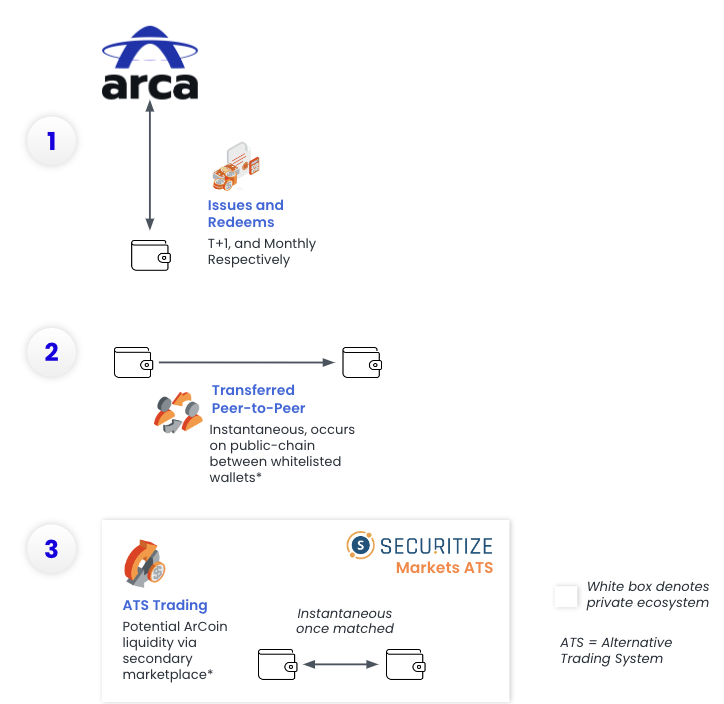Research Summary
This report discusses the importance of not overloading Ethereum’s consensus with other purposes, emphasizing the high security and potential risks involved. It provides examples to illustrate the distinction between low-risk and high-risk uses, presents fictional scenarios to highlight future risks, and suggests solutions such as using decentralized oracles and preserving the chain’s minimalism. The report serves as a cautionary guide for the Ethereum community.
Key Takeaways
The Importance of Ethereum’s Consensus
- High Security: Ethereum’s consensus is highly secured with 18 million ETH worth of validators finalizing blocks every 6.4 minutes.
- Resistance to Misuse: The report emphasizes the importance of not overloading Ethereum’s consensus for other purposes, highlighting the risks involved.
- Examples and Risks: Various examples are provided to illustrate the distinction between low-risk and high-risk uses of Ethereum’s consensus.
Systemic Risks and Scenarios
- Future Risks: The report presents a fictional scenario to illustrate how overloading Ethereum’s consensus could lead to a community split.
- Real-World Impact: It emphasizes the risks of incorporating real-world price indices and other real-world information into the blockchain.
- Legal and Complexity Risks: Expansion of the duties of Ethereum’s consensus increases legal risks, complexities, and costs of running a validator.
Solutions and Alternatives
- Price Oracles: The report suggests using decentralized oracles or validator-voting-based oracles with specific recovery strategies.
- Layer 2 Protocols: It recommends relying on multiple proving systems and minimizing reliance on bridges between chains.
- Preserving Minimalism: The report concludes with a call to preserve the chain’s minimalism and avoid extending the role of Ethereum consensus unnecessarily.
Actionable Insights
- Preserve Ethereum’s Consensus: Avoid overloading Ethereum’s consensus with other purposes to maintain its high security and integrity.
- Understand the Risks: Be aware of the systemic risks and complexities that come with expanding the duties of Ethereum’s consensus.
- Implement Safe Solutions: Utilize decentralized oracles, multiple proving systems, and preserve the chain’s minimalism to achieve security goals.
- Avoid Community Splits: Be cautious about incorporating real-world information into the blockchain, as it can lead to community conflicts and splits.












